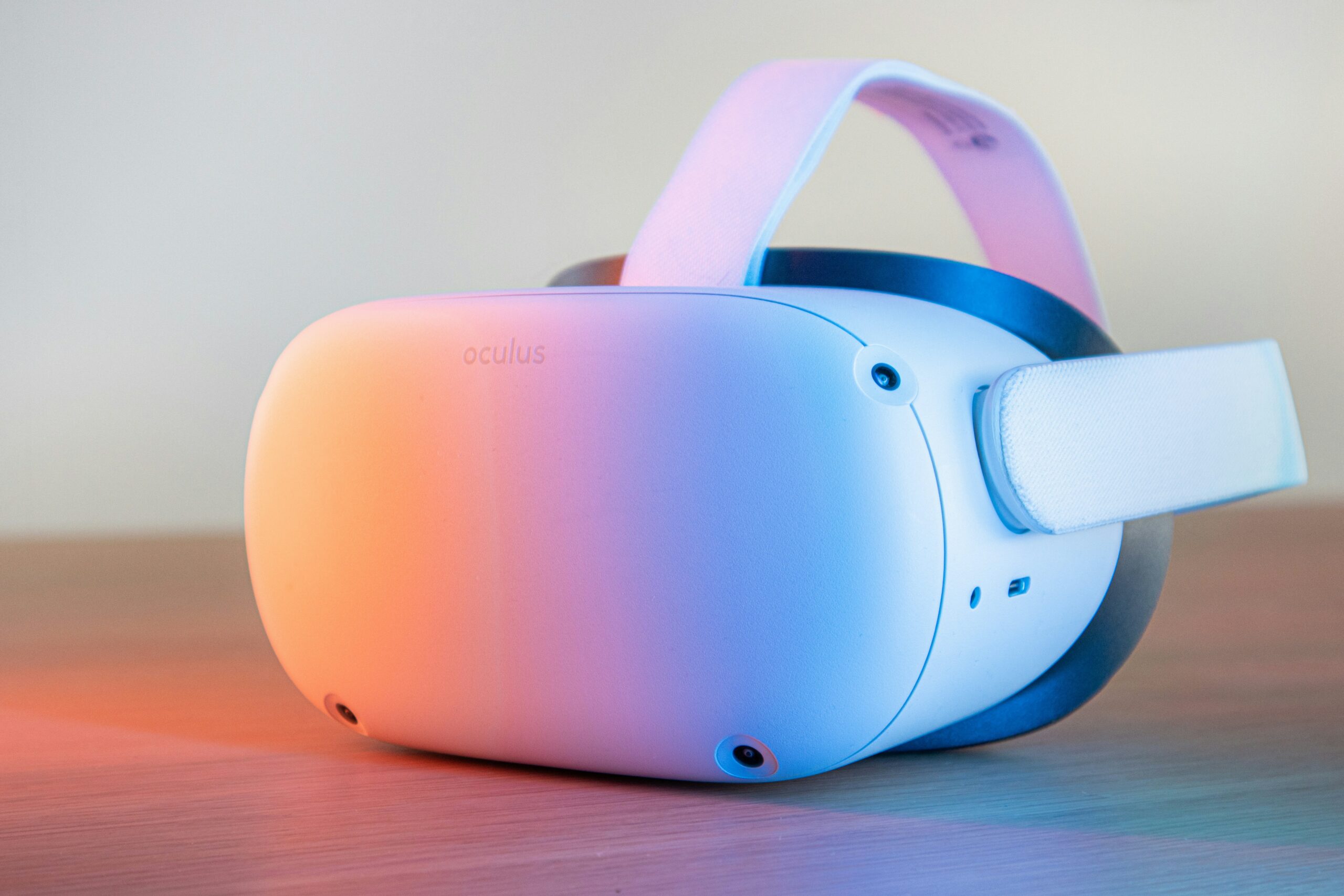Sports training methods have taken a huge leap forward, and foremost among them is virtual reality (VR) technology. With VR, athletes in sports like football can participate in extremely authentic simulations without setting foot on the field. VR improves football training by aiding players in understanding tactics, learning decision-making skills, and preparing them for real-game scenarios. This article looks at how VR is enhancing football training regimens and preparing athletes for what they’ll face on the field.
VR in Football Training
Football training with VR technology combines high-end software and hardware to produce immersive realism-based simulations of real-life scenarios. The equipment involved in this technology includes headsets, sensors, and motion-tracking tools that enable the players to interact with the simulated environment of a live game. In football training, VR is useful in tactical play, skill development and injury recovery training. Tactical play is used to analyze the game and enables the coach to design game scenarios to challenge the players and analyze their performance based on the simulations. It is also used to develop the players’ goalkeeping skills or help them practice how they can defend or take penalties. A player or coach can analyze the training over and over to correct errors, which is helpful because it allows players to improve their technique in a controlled setting. VR can also be used to help with injury recovery by allowing players to continue their cognitive training and maintain their decision-making reflexes even when they can’t engage in strenuous physical activity.
VR in Other Sports: A Look at VR Online Poker

VR is revolutionizing training across all fields, and competitive poker is no exception to this trend. For instance, Vegas Infinite involves integrating live and online poker aspects to create a unique experience that enables players to improve their gameplay and strategy. In VR poker, players get to view their virtual opponents, identify unique tells from their behavior, and manage their approach—similar to how football players train using VR technology. In poker, players can identify tells using VR the same way players on a football field can observe and analyze the opponents using VR. As a result, the poker variation of VR imitates other sports’ training so that players can study their opponents’ body language in a controlled environment.
The immersive setting creates a sensation of being observed, challenging the player to improve their behavioral management; for example, football players might focus on their nonverbal communication in such a VR setting. Both settings emphasize the importance of anticipation, adapting quickly to changing circumstances, and adjusting strategies based on immediate feedback. The physical interaction with the poker game, which involves handling chips and looking at hole cards, allows the learner to engage directly and stimulate reflexes. This is important for high-stakes situations where quick, precise decisions can make the difference between success and defeat – whether at the poker table or the football field. This use of VR is cross-disciplinary and focuses on the development of a combination of specific skills applicable to a particular sport, whether that’s poker or football.
Challenges and Limitations
Even with all of its benefits, there are some drawbacks and limitations to using VR in football training. First and foremost, VR is expensive, which can make it difficult for grassroots and low-tier clubs to afford it. Secondly, many facilities do not have the necessary equipment or resources to properly set up and maintain advanced VR systems. There’s also the possibility that players will become over-reliant on virtual scenarios and underperform in real life because VR still isn’t capable of perfectly replicating the scenarios footballers face in live games. Finally, VR isn’t safe for everyone to use. Some players may suffer from VR motion sickness, rendering the technology useless in these cases. At the same time, using VR for training requires a significant amount of space, which isn’t available to all clubs. Before implementing a VR program, football clubs should carefully evaluate these potential problems so they can effectively manage them and get the most out of the technology.




